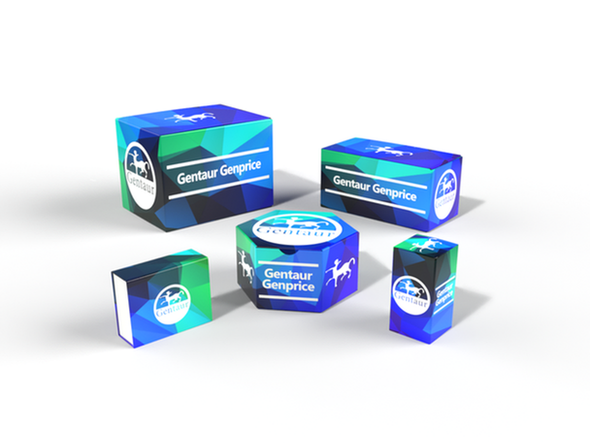Description
CD3 Antibody [AMM22173G] | Gentaur UK, US & Europe Distribution
Product Category: Monoclonal Antibodies
Host: Mouse
Species Reactivity: H
Specificity: This CD3 antibody is generated from mouse immunized with human CD3.
Cellular Localisation: Cell membrane; Single-pass type I membrane protein
Molecular Weight: 23147
Clone: Monoclonal
Gene Name: CD3E
Gene ID: 916
Function: Part of the TCR-CD3 complex present on T-lymphocyte cell surface that plays an essential role in adaptive immune response. When antigen presenting cells (APCs) activate T-cell receptor (TCR), TCR- mediated signals are transmitted across the cell membrane by the CD3 chains CD3D, CD3E, CD3G and CD3Z. All CD3 chains contain immunoreceptor tyrosine-based activation motifs (ITAMs) in their cytoplasmic domain. Upon TCR engagement, these motifs become phosphorylated by Src family protein tyrosine kinases LCK and FYN, resulting in the activation of downstream signaling pathways (PubMed:2470098) . In addition of this role of signal transduction in T-cell activation, CD3E plays an essential role in correct T-cell development. Initiates the TCR-CD3 complex assembly by forming the two heterodimers CD3D/CD3E and CD3G/CD3E. Participates also in internalization and cell surface down- regulation of TCR-CD3 complexes via endocytosis sequences present in CD3E cytosolic region (PubMed:10384095, PubMed:26507128) .
Summary: N/A
Form: Purified monoclonal antibody supplied in PBS with 0.09% (W/V) sodium azide. This antibody is purified through a protein G column, followed by dialysis against PBS.
Storage: Store at +4°C short term. For long-term storage, aliquot and store at -20°C or below. Stable for 12 months at -20°C. Avoid repeated freeze-thaw cycles.
Application: FC
Dilution: FC--1:50
Synonyms: T-cell surface glycoprotein CD3 epsilon chain, T-cell surface antigen T3/Leu-4 epsilon chain, CD3e, CD3E, T3E

![CD3 Antibody [AMM22173G] CD3 Antibody [AMM22173G]](https://cdn11.bigcommerce.com/s-1rdwiq712m/images/stencil/608x608/products/61432/61736/gentaur-genprice__26005.1661610467__29809.1661628092__75433.1661676199__77988.1661684280__64362.1661692443__42521.1661864307.png?c=1)




